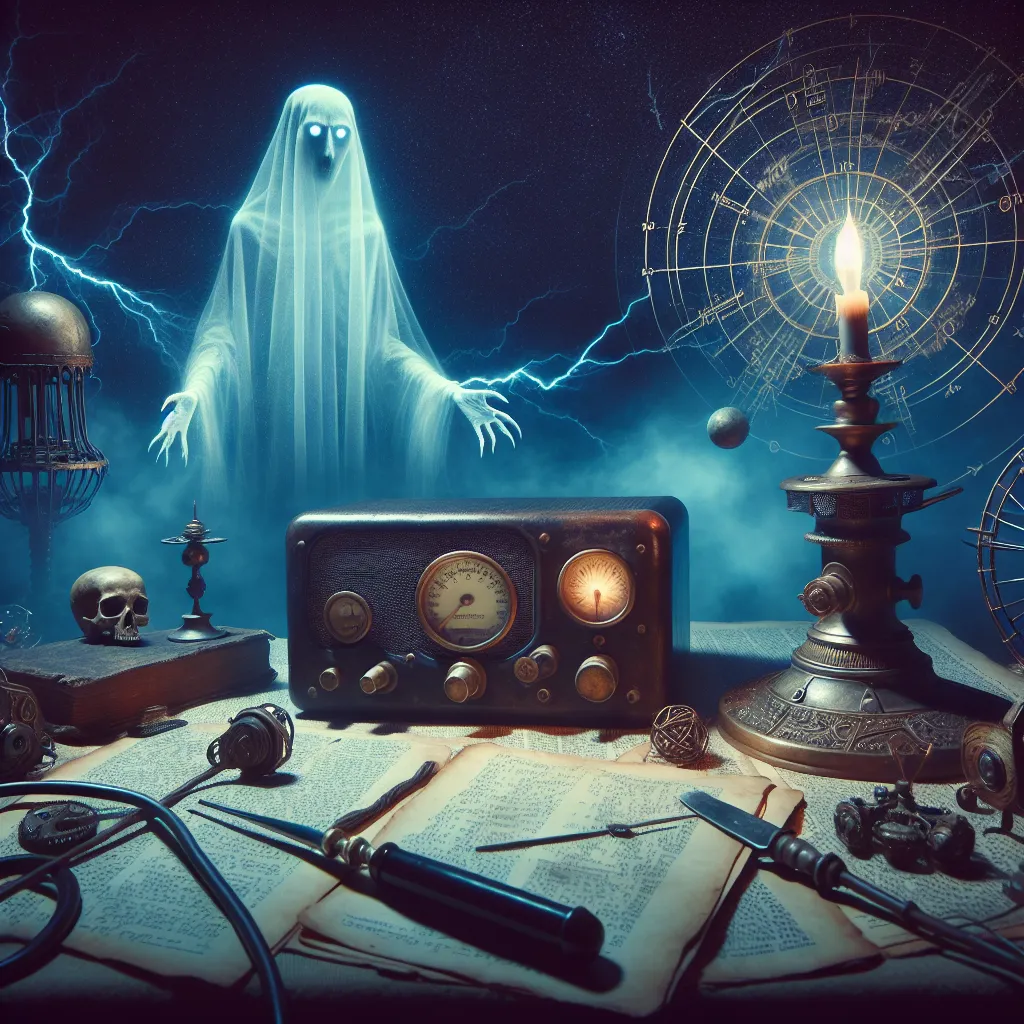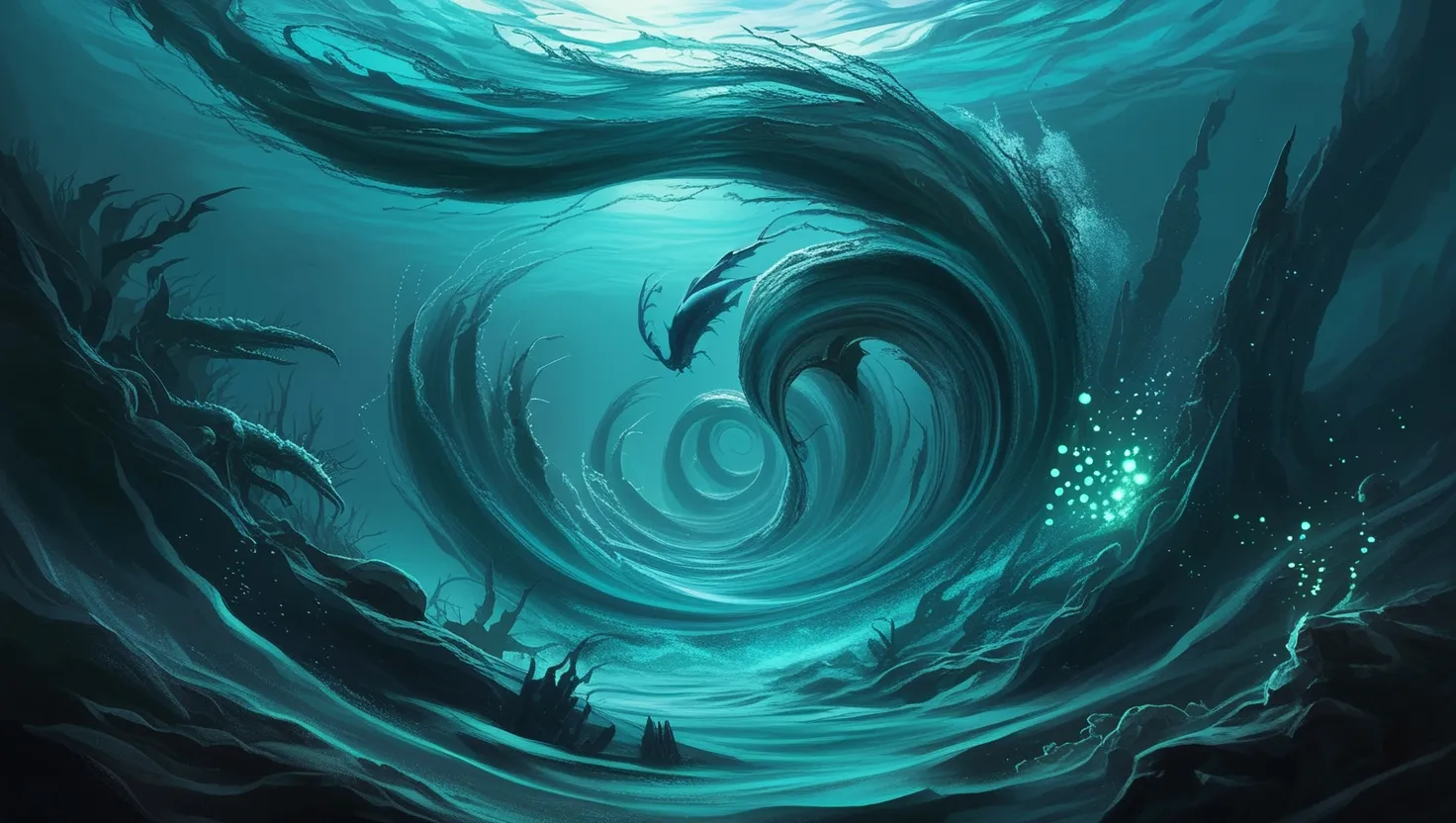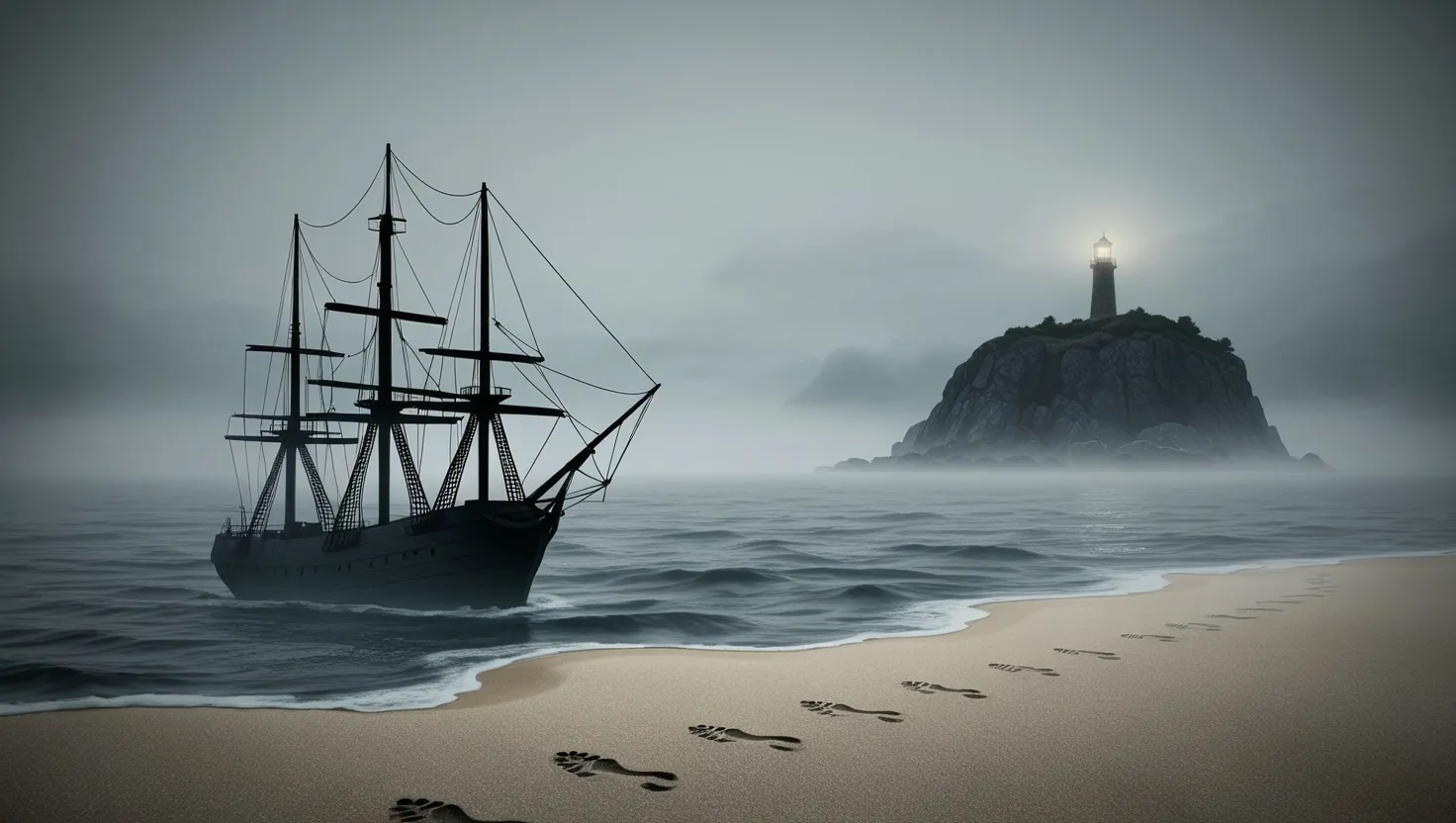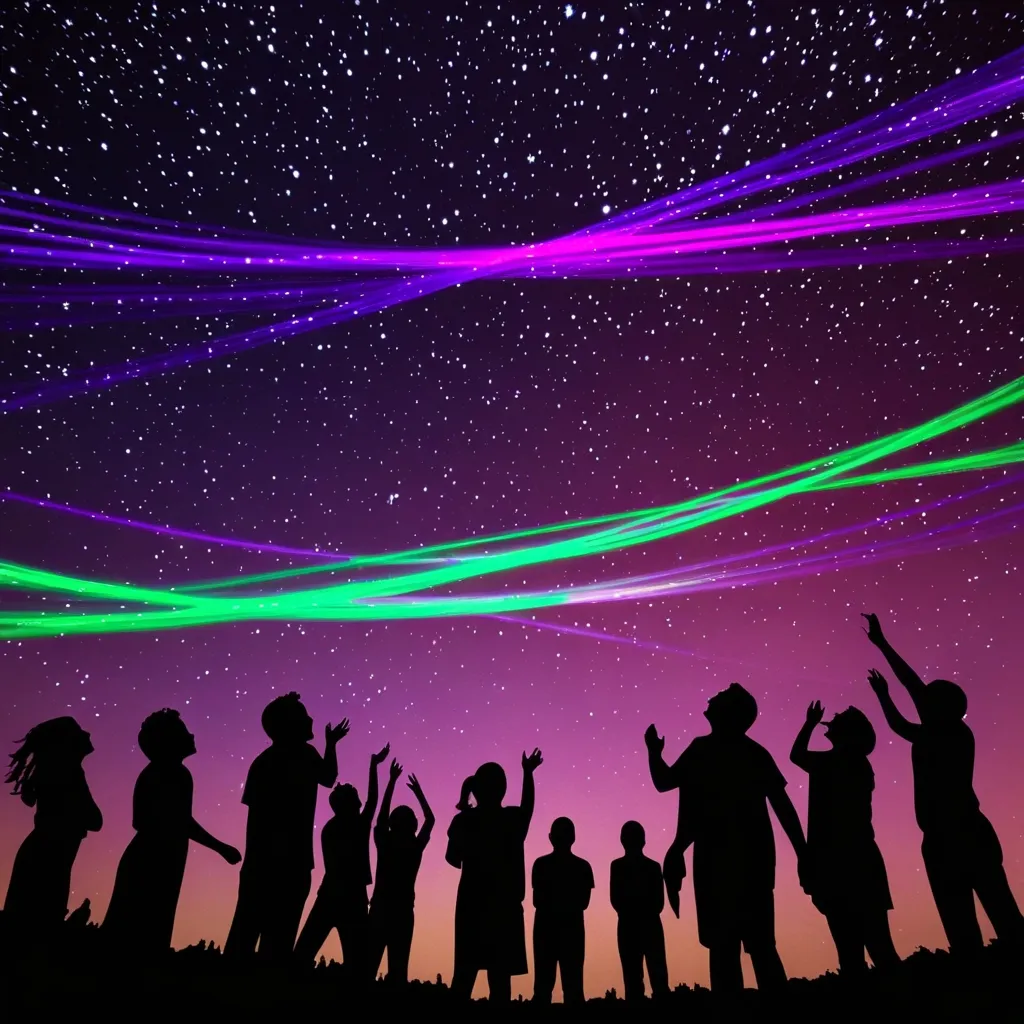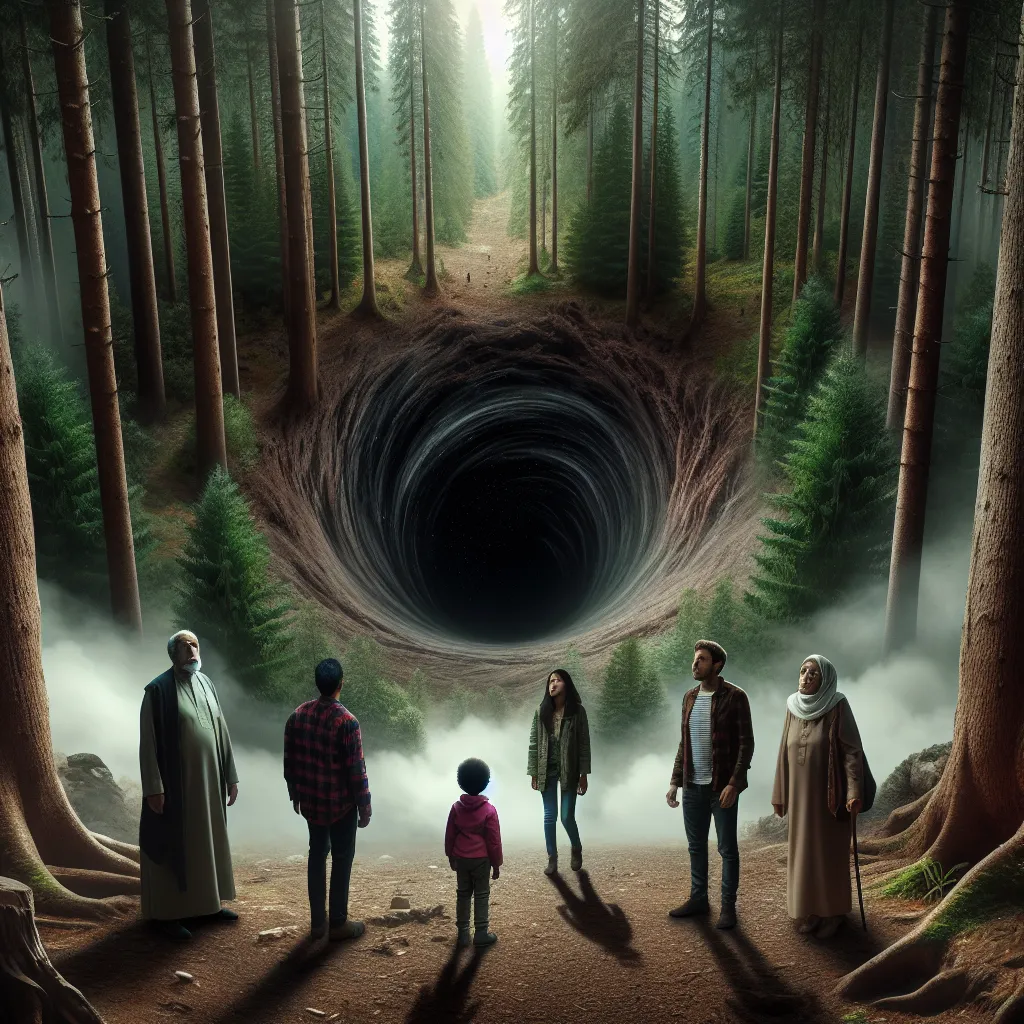In 1901, Nikola Tesla experienced a chilling event that drove him to invent a device he named the “spirit radio.” This tool aimed to detect any supernatural signals, and it seemingly worked. Tesla wasn’t alone; throughout history, renowned scientists have reported ghostly encounters, shaking them to their core. These aren’t mere ghost stories. There’s scientific data suggesting the existence of ghosts—data long suppressed.
Ghosts and hauntings aren’t new concepts. They span across all cultures, with ancient civilizations holding rituals to ensure the dead stayed dead. The ancient Mesopotamians, for example, believed improper burials would result in hauntings. Nearly everyone has encountered or heard of a creepy ghost story, whether about bumps in the night or spectral figures.
Famous ancient philosopher Pliny the Younger wrote about a haunted house in Athens, explored by the stoic philosopher Athenodorus. Not one to be swayed by superstitions, Athenodorus rented the house. One night, the ghost, shackled with visible chains, appeared. The encounter led to the unearthing of buried remains, putting the spirit to rest.
Poltergeists, however, are another ballgame. Unlike typical ghosts that passively chill, they cause tangible disturbances—throwing stones or making loud noises. Ghost hunting, though often viewed as a fad accentuated by YouTube and reality TV, has ancient roots. Techniques like dowsing rods and Ouija boards have helped seekers contact spirits for centuries.
In the ghost-hunting world, modern tools abound. EMF (Electromagnetic Field) readers, often thought to detect spirit energy, provide erratic readings. Anemometers measure wind speed and temperature, indicating possible ghostly presences. Full-spectrum cameras capture spectral figures invisible to the naked eye, while black lights help debunk hoaxes by revealing otherwise hidden evidence.
Audio tools capture Electronic Voice Phenomena (EVPs) and Instrumental Trans Communication (ITC), demystifying ghostly whispers and revealing real-time spectral communications. While the methodology spurs contentious debate, these tools fuel the fervor to prove spirits walk among us.
Despite our advances in ghost-hunting tech, proving ghosts exists scientifically is still elusive. These tools often provide ambiguous results, open to interpretation based on one’s beliefs. Skeptics dismiss these findings, attributing them to naturally occurring phenomena or hoaxes. Yet, the fascination remains.
Ghost hunting has become a cultural phenomenon. People travel to ghostly hotspots, equipped with an arsenal of tech, in search of the spectral. But even the best gear yields questionable results. The hunt begs the question: is searching for ghosts more about fear and curiosity than scientific validation?
And here’s a twist—no one has definitively proven ghosts don’t exist. Our instincts, the chilling feeling when something’s off, keep the belief alive. Ghost stories, after all, are universal, uniting humanity in a shared mystery of the afterlife. With no consensus on what happens after we die, this enigma persists across cultures and eons.
Ultimately, the ghost-hunting wave continues, driven by our desire to connect with the departed, understand our past, and perhaps, find a comforting notion that life doesn’t end in oblivion. This quest, blending science with the supernatural, keeps the spirit world alive in our collective psyche. Even if the quest for proof never ends, it maintains a narrative that’s part of our very humanity.
